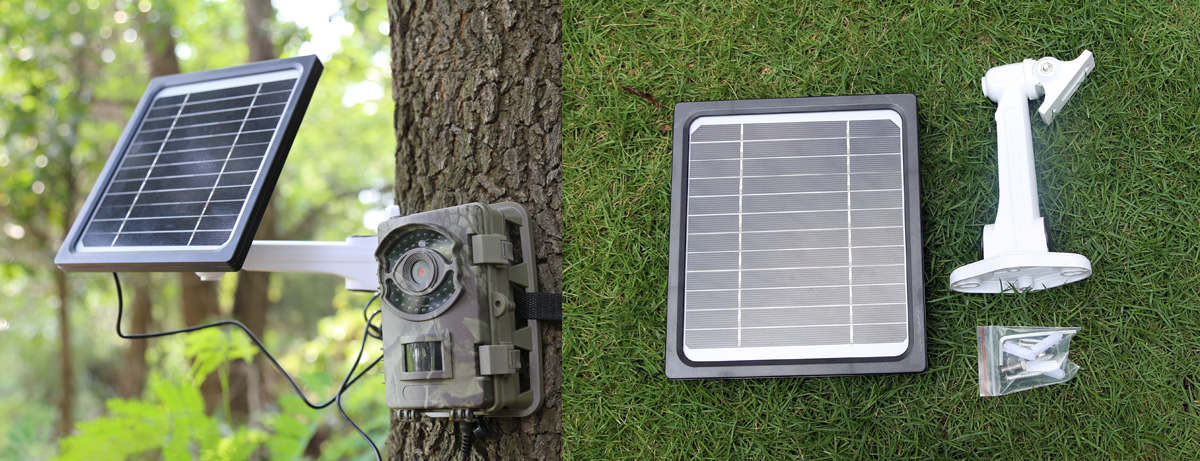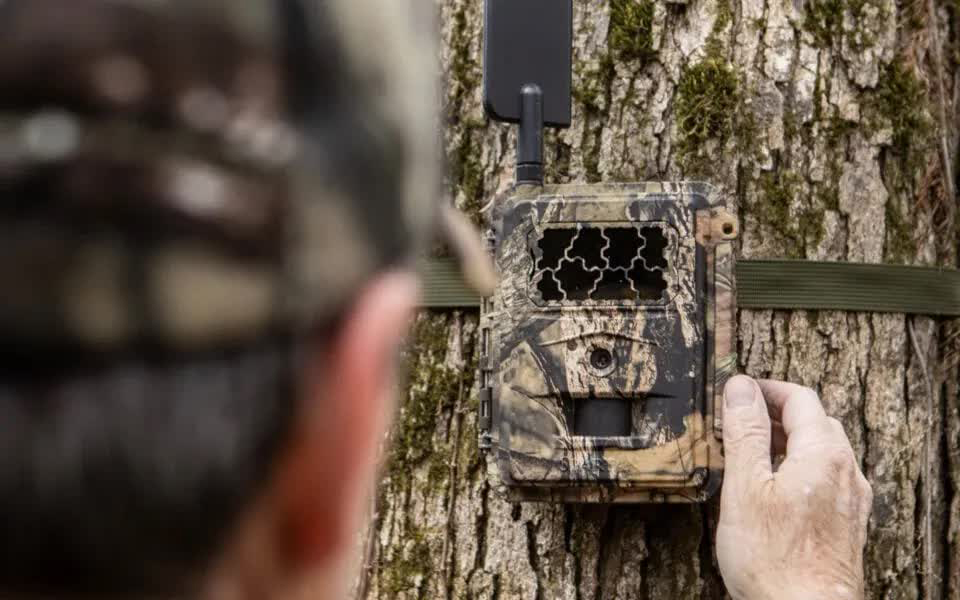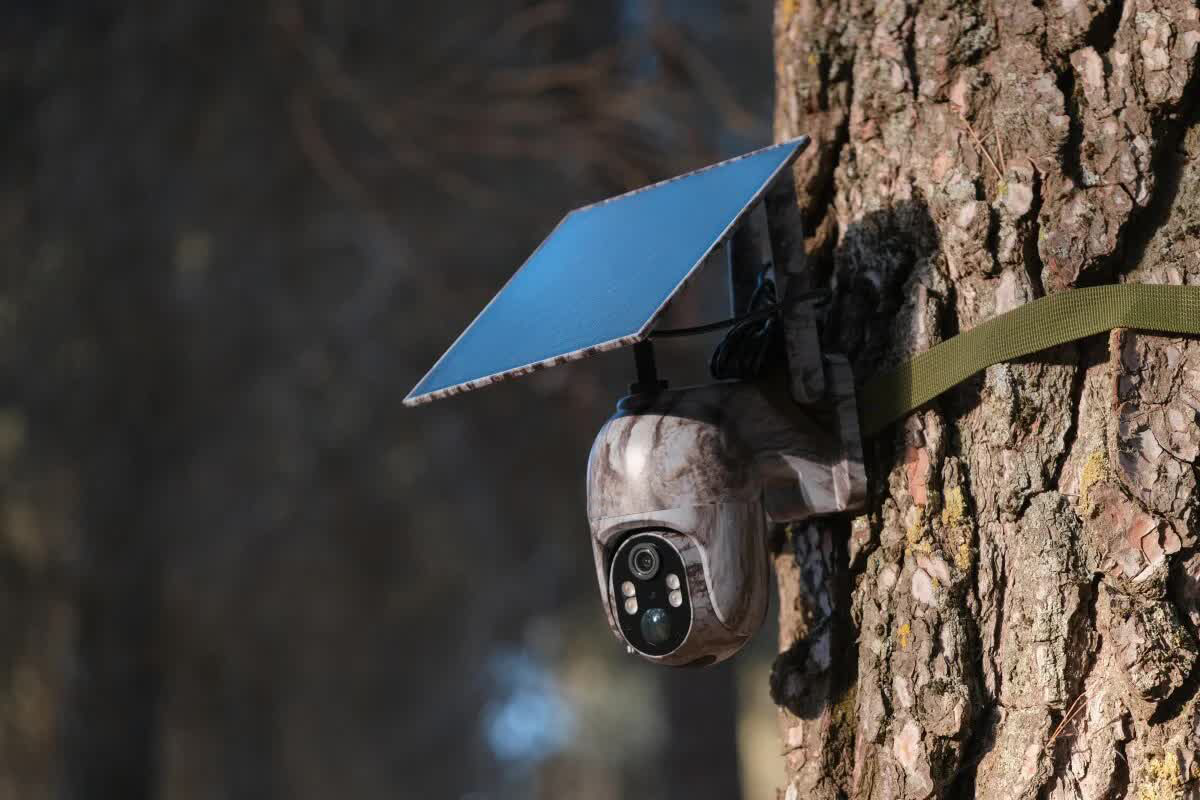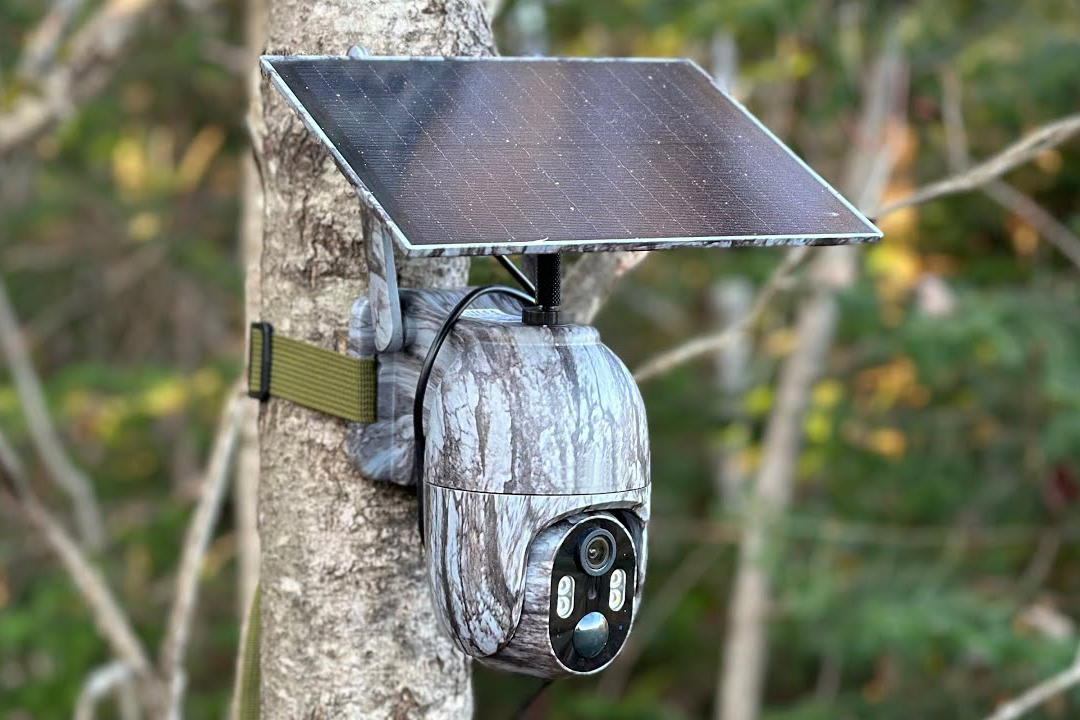Are Solar Panels a Smart Choice for Cellular Trail Cameras?
Are Solar Panels a Smart Choice for Cellular Trail Cameras?

Trail cameras have surged in popularity within the hunting community. As tools to observe wildlife in your absence, they can be both a blessing and a challenge.
Trail cameras are invaluable. Whether used for scientific research or simply monitoring property, they have proven helpful. These cameras are typically compact and function by electronically detecting movement. Once an image or video is captured, it is transmitted to your phone, utilizing the same technology used in text messaging. However, this constant transmission draws on the battery, meaning you will eventually need to return to replace the batteries or battery pack.
As hunters, we understand that frequent trips into the woods can disturb wildlife. White-tailed deer, for instance, may vacate an area for days—or even permanently—after detecting human presence. While there are instances where such disruption is minimal, they are rare. I have a friend who can drive his side-by-side vehicle into the woods, and we joke that it's like an ice cream truck, attracting the deer. This is an exception, so minimizing activity in the woods is crucial.
Solar Panels to the Rescue?
In most situations, using a solar panel with a cellular trail camera will save you from having to replace batteries every month or so. There are various types of solar panels to consider. Some only charge the device or an external battery. In my opinion, 99.5% of the time, a solar panel is worth the investment. Let's break down the costs of batteries compared to the TOMAX hunting solar panel.
The TOMAX hunting solar panel costs $90 and includes a mounting bracket, solar panel, and cable. It features an internal lithium-ion battery pack that recharges through the solar panel. As long as there isn’t a month of complete darkness, you won’t need to think about entering the woods again to replace batteries.
If we had to rely on traditional batteries, we could expect to use at least 36 batteries per camera during a single hunting season. This number would increase significantly if the camera is used year-round. Depending on the type of batteries, you might spend between $20 and $50 per camera per season, and potentially double or triple that if the camera runs throughout the year. On the lower end, this cost could be less than the $90 solar panel, but if you use high-end batteries, it could easily exceed that amount. So, if batteries are cheaper, why consider a solar panel?
No Impact Is Important
Ask any researcher or dedicated hunter, and they will agree that minimizing your impact on wildlife is crucial when monitoring them. Instead of spending years replacing batteries for one camera, you could invest in a solar panel that requires a visit only if there’s a problem or you need to take it down. For those serious about hunting or research, the comparison between the upfront cost and the long-term benefit is obvious.
In conclusion, if you can afford the initial investment in a solar panel with an internal battery, you’ll likely spend the same or even less over time. Plus, you won’t have to worry about the camera until you're ready to remove it.




